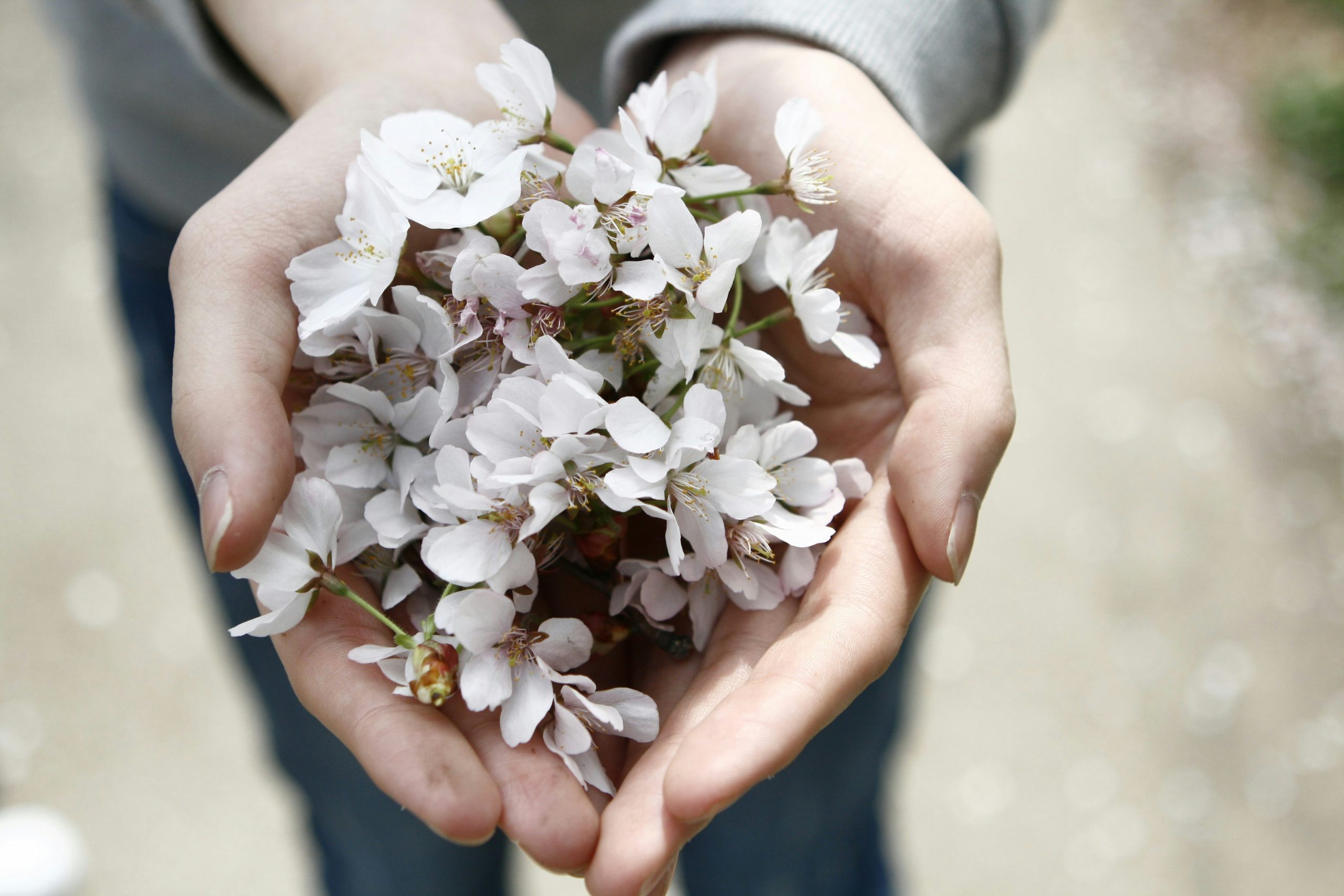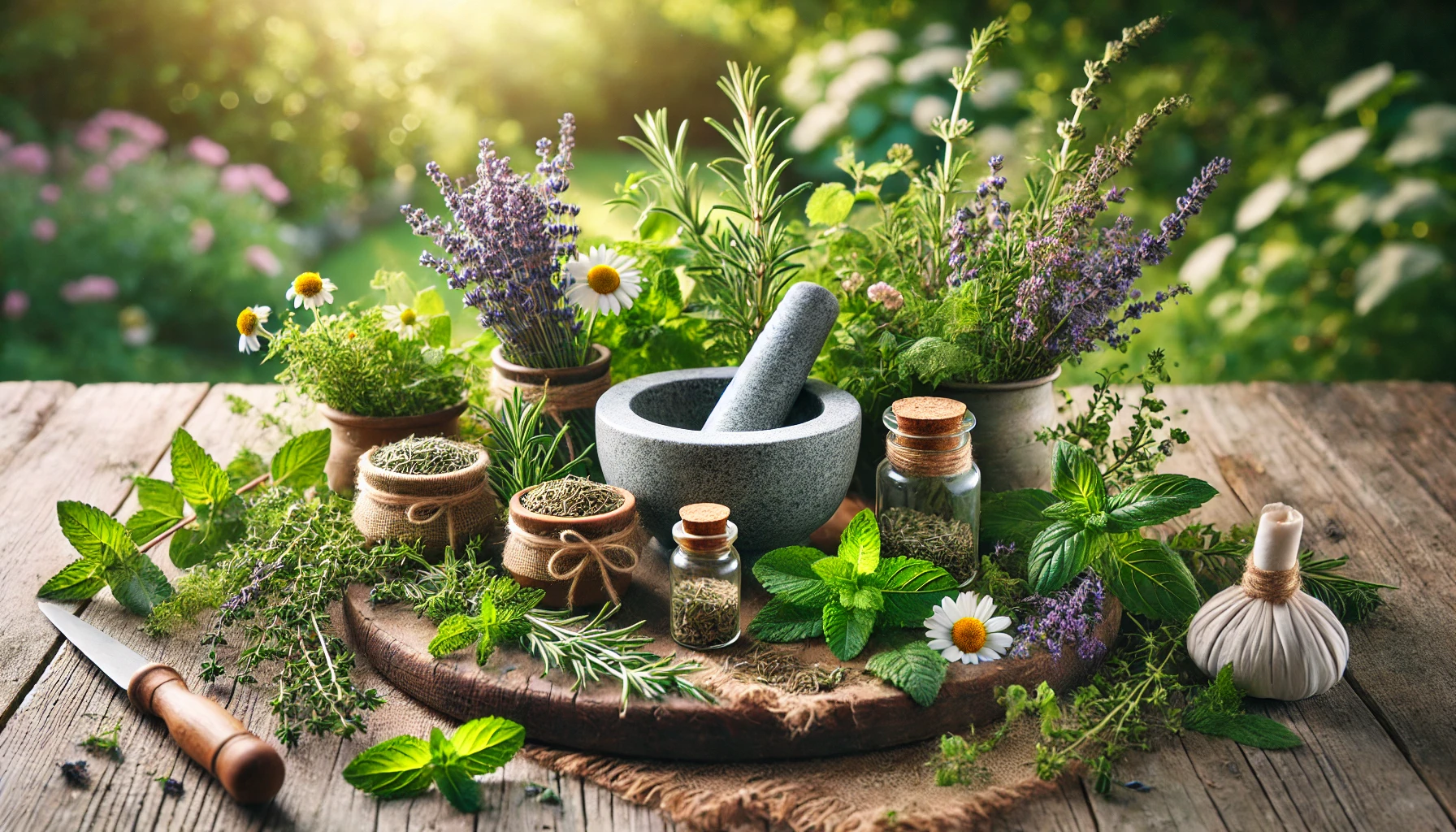As the wheel of the year turns and the sun crosses the celestial equator, marking the onset of spring, ancient Indo-European cultures rejoiced in the renewal of life and the promise of fertility that this auspicious moment heralded. The spring equinox, known as Ostara among Germanic tribes, Eostre in Anglo-Saxon tradition, and various other names across the Indo-European world, was a time of great celebration and reverence for the cycles of nature.
So many people, not the least those new to the pagan path, long for guidance in authentic and well-attested ways of celebrating the spring equinox. This article delves into the rich tapestry of rituals, customs, and beliefs surrounding the traditional Indo-European celebration of the spring equinox, and gives examples of how to do it yourself, for an authentic spiritual experience.
The celebration of the spring equinox among the Indo-European peoples is rooted in a deep reverence for the cycles of nature and the profound significance of the changing seasons. At this pivotal moment in the astronomical calendar, when the day and night are of equal length, our ancestors found cause for celebration and reflection on the interconnectedness of life.
Primarily an agrarian society, Indo-European communities relied heavily on the cycles of the sun and the earth for their sustenance. The spring equinox marked the end of the harsh winter months and the beginning of the agricultural year’s renewal. As the earth awoke from its slumber and the days grew longer, there was a tangible sense of hope and optimism for the abundance that lay ahead.
Central to the spring equinox celebrations was the acknowledgment of fertility and growth. Indo-European cultures revered deities associated with springtime and fertility. These gods and goddesses were invoked to bless the land with prosperity, ensure bountiful harvests, and safeguard the continuation of life.
Moreover, the spring equinox held spiritual significance beyond its agricultural implications. It symbolized a time of rebirth and rejuvenation, both in the natural world and within oneself. Communities engaged in rituals and ceremonies aimed at purifying the spirit, casting off the stagnation of winter, and embracing the vitality of spring.
Here are examples of authentic, well-attested and rewarding ways of celebrating the equinox.









(Remember that already in antiquity people exchanged animal sacrifice with breads/cakes shaped as animals. They have the same spiritual function.)








